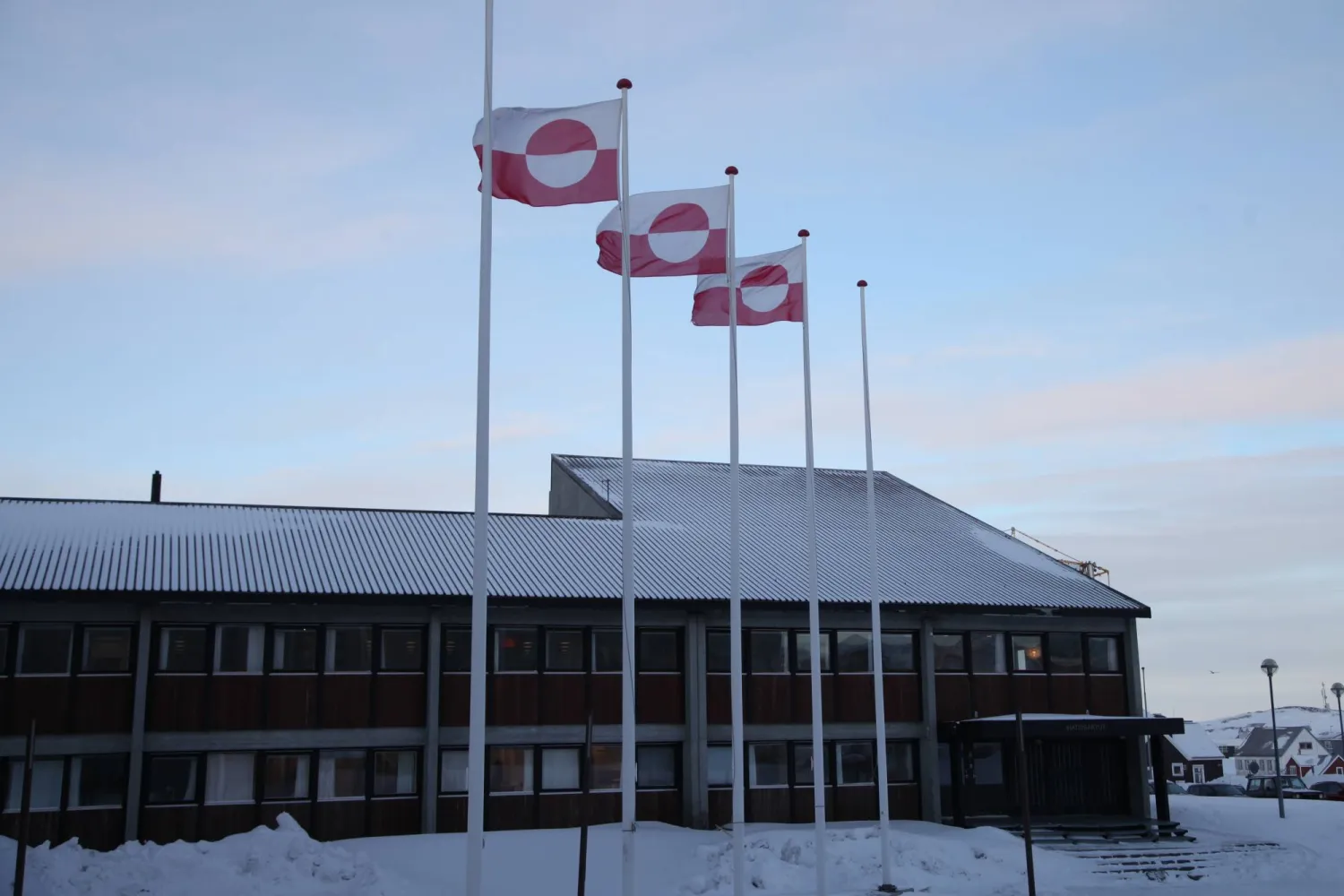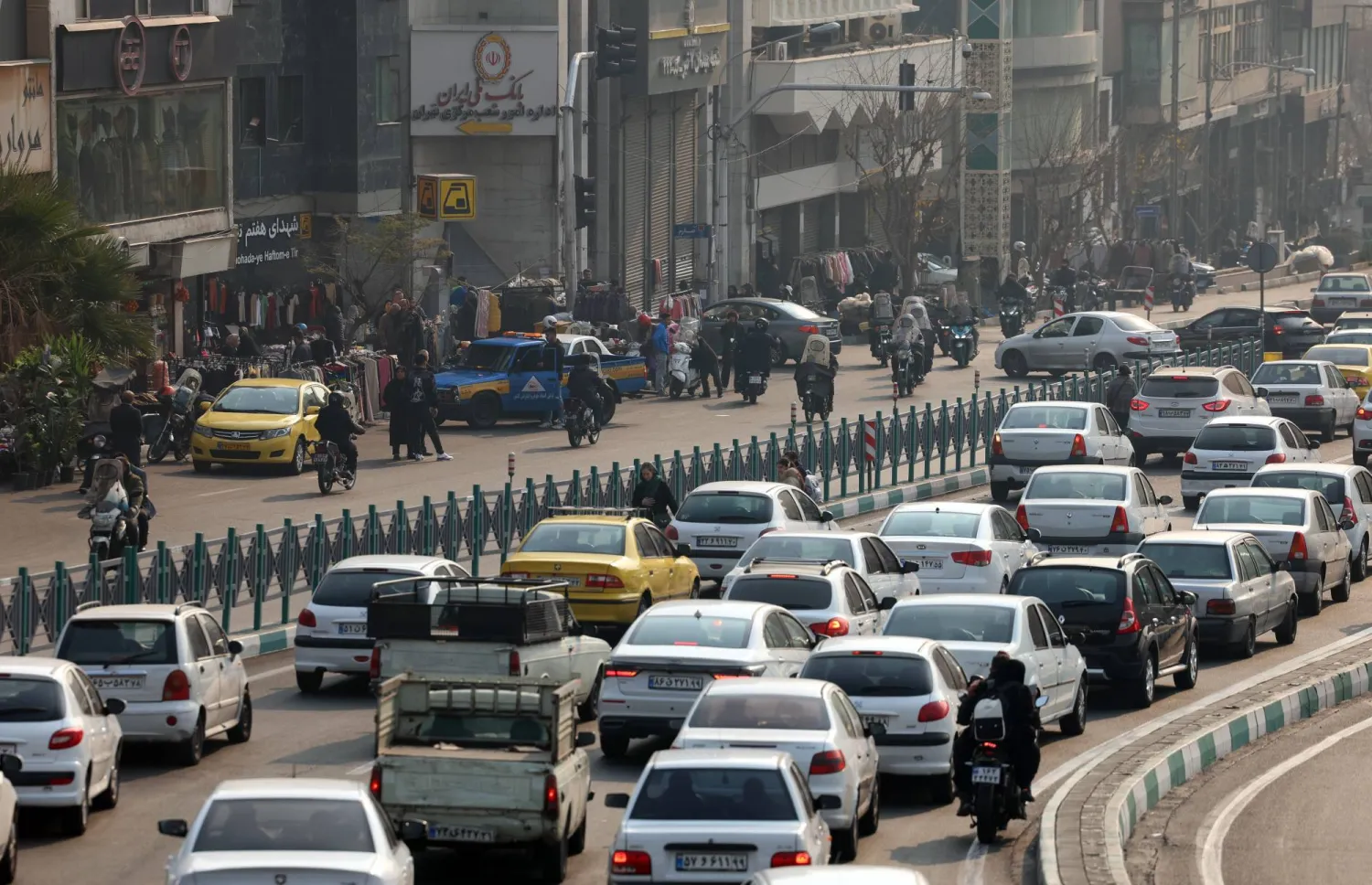Lebanon's massive street protests have made it clear what the demonstrators oppose -- with the entire political class in the crosshairs -- but the focus is now turning to what exactly they stand for.
The almost one-week-old protests sparked by a tax on messaging services such as WhatsApp have morphed into a united condemnation of a political system seen as corrupt and beyond repair.
The movement's soundtrack has been a chorus of inventive chants calling out politicians from all sects and parties with rhyming insults.
Most people want the unity government, which is supported by nearly all Lebanon's major political parties, to resign, and disgust with the status quo has been a unifying force.
But what they want next often differs.
On the outskirts of another rally in Beirut, when tens of thousands again brought much of the capital to a standstill, teenager Peter Sayegh and his friend Andrew Baydoun were playing cards on a plastic table.
They agreed that Prime Minister Saad Hariri has to go, but not on the future of Lebanon, said AFP.
"I want the people to rule and give us our rights, secure work for the country and secure my future so I won't have to emigrate," Sayegh said, leaning back on his chair while clutching a Lebanese flag.
Baydoun objected.
"The whole government needs to go and be replaced by a military one," he argued, calling for 84-year-old President Michel Aoun, a former army chief, to stay on.
Scuffling over the future
Lebanon is marked by stark political and sectarian divisions.
Many of its political leaders today were warlords fighting along religious lines during Lebanon's brutal 1975-1990 civil conflict.
The government is set up to balance power between multiple sects, which include different Christian groups, Sunni and Shiite Muslims, as well as the Druze.
But it often entrenches power and influence along sectarian lines.
The protests have been overwhelmingly apolitical, with all party and religious symbols abandoned in favor of the cedar-stamped national flag.
They have also been inclusive -- with no specific stated goals, or leadership or management structure.
But the bottom-up structure also poses risks -- with fears that the momentum could slip away as people feel pressure to return to work or school.
Numbers of protesters have declined since peaking Sunday, which is weekend in Lebanon.
Mass protests in 2015 ultimately failed to achieve major change and elections in 2018 ushered in the same sectarian parties.
In 2016, a non-sectarian coalition called Beirut Madinati (Beirut is my city) came close but ultimately fell short in city elections.
In the general election two years later, the group was part of a coalition that won only one seat.
'Demands later'
On Monday, Mona Fawaz of Beirut Madinati gave a brief speech in the center of the capital, stressing she was not claiming to represent the entire protest movement.
Yet parts of the crowd accused her group of trying to hijack the demonstrations.
"Go and speak in ABC," one protester yelled, accusing the group of elitism by referring a high-end shopping mall in Beirut.
Speeches on Tuesday evening concentrated on points of agreement: calls for the government's resignation and reclaiming public funds embezzled by politicians.
Nizar Hassan, 26, part of a leftwing group called Lihaqqi (for my rights), said the protest movement had to be realistic.
"This is a popular uprising, you can't just say: 'These are the demands.' But a lot of people are talking about things that are actually quite achievable," he said.
For Hassan, an interim government of technocrats could stabilize the economy ahead of new elections in which the traditional parties would be obliterated.
"In 2015, people were talking about overthrowing the sectarian system altogether. (Now) people are much more knowledgeable of the limits," he said.
Carmen Geha, an assistant professor at the American University of Beirut, said the new protests had support across economic groups and throughout the country.
"Leaderless movements can dissipate and be co-opted," she warned.
"There is a need to frame the demands. But right now, this is a popular protest -- go to the streets now and talk demands later."









